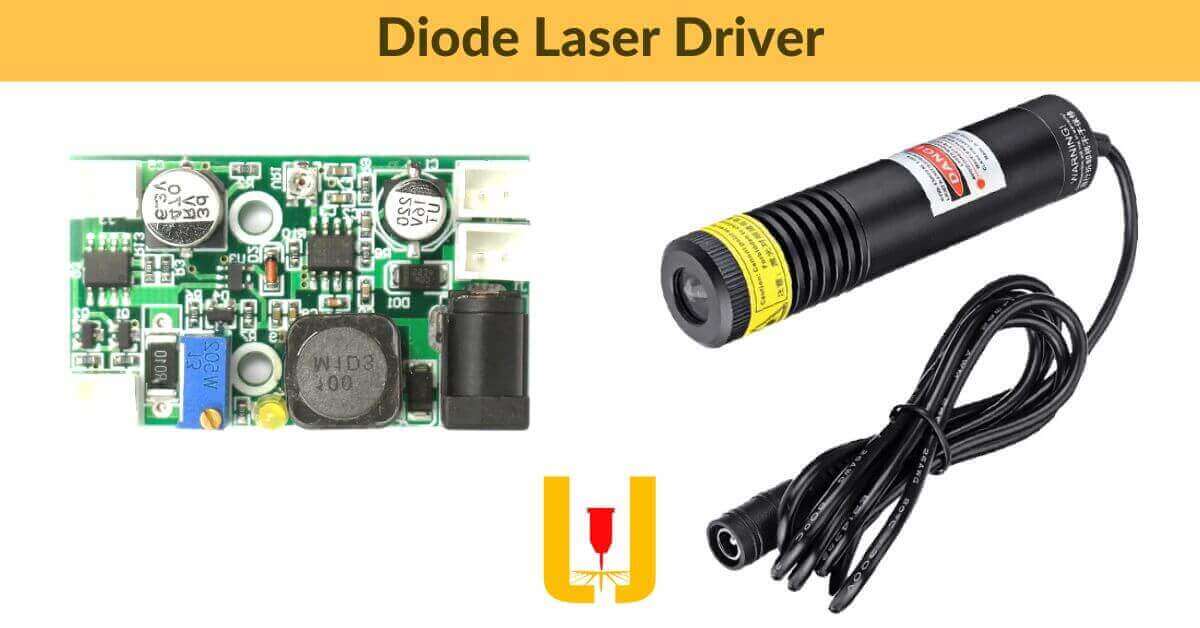A Diode laser driver is an electronic device that regulates the current and voltage of a laser diode.
Many applications use laser diodes, including fiber optic communication, industrial processing, medical devices, and scientific research. The performance and reliability of laser diodes depend on the quality of the laser driver used to power them.
This article will examine diode laser drivers, their characteristics, and their functioning in more detail.
What is a diode laser?
The semiconductor diode forms the basis of a diode laser, which utilizes a p-n junction formed by joining p-type and n-type semiconductor materials. Joining the p-type and n-type semiconductor materials together form the p-n Junction to create a diode laser.
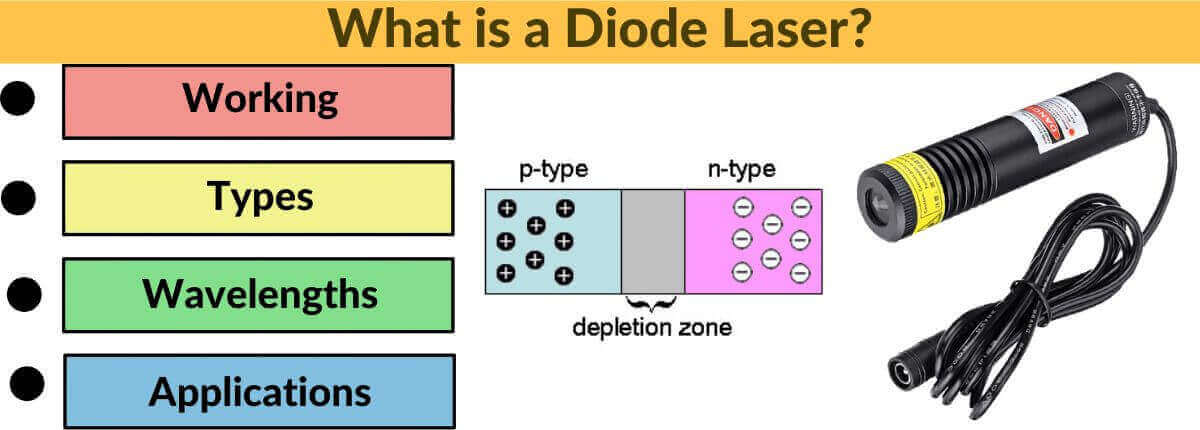
Diode lasers provide a compact, efficient, and reliable source of laser light. Various applications utilize these lasers, including telecommunications, industrial processing, and medical equipment.
How Does Diode Laser Work?
Diode lasers work by stimulating emission. It occurs when electrons in the semiconductor material release energy in the form of photons. The semiconductor material is doped with impurities to create a p-n junction. It acts as the active region of the laser.
Applying a voltage across the p-n junction creates a current flow through the material. Due to this, electrons release photons as laser light.
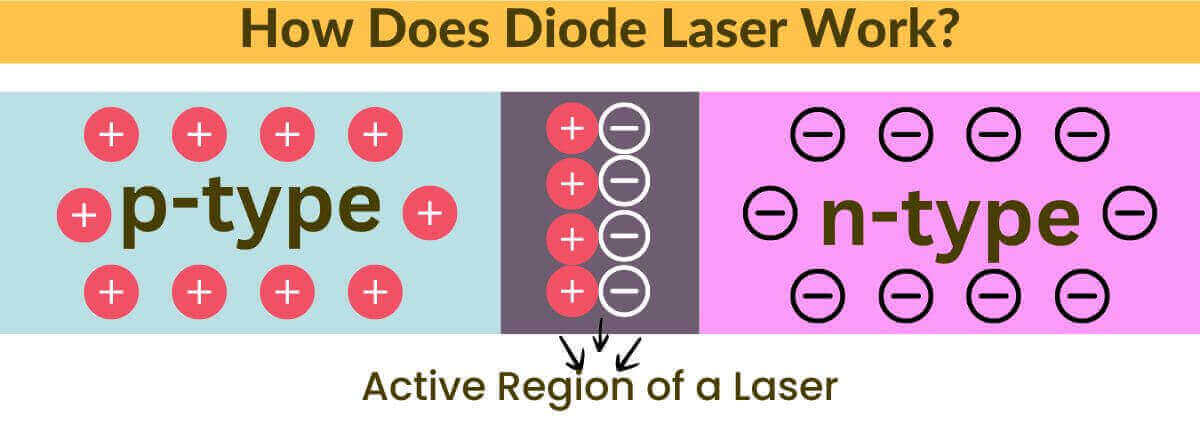
Diode lasers are available in various wavelengths, from ultraviolet to near-infrared. The output power of a diode laser can vary from a few milliwatts to several watts, depending on the application.
| Wavelength range (nm) | Common applications |
| 375-450 | Blu-ray players, biomedical research |
| 630-680 | Medical and cosmetic applications |
| 780-830 | Optical fiber communication, printing, and sensing |
| 850-980 | Infrared illuminators, barcode readers, and laser sights |
| 1300-1550 | Optical fiber communication, LIDAR, and sensing. |
What is a Diode Laser Driver or Its Power Source?
A diode laser driver is an electronic circuit that provides the necessary current and voltage to power a laser diode.
The designer designs the driver to ensure that; it operates within safe operating limits and delivers the required optical power output.
The laser diode driver can be integral to a laser module or a standalone device to drive multiple laser diodes.
How Diode Laser Drivers Work
Diode laser drivers work by converting an input voltage into a current: which is appropriate for the laser diode. The driver provides a constant current to the laser diode. It is essential for maintaining its performance and preventing damage.

Diode laser drivers use many control techniques to regulate the current and voltage of the laser diode. Some of the most common control techniques include
- Linear regulation
- Pulse-width modulation (PWM)
- Current-mode control.
Each technique has unique advantages and disadvantages. The choice depends on the specific application and performance requirements.
Types of Diode Laser Drivers
Several diode laser driver types are available, each with unique features and specifications.
- Linear drivers
- Switching drivers
- Pulsed drivers
Linear Drivers
These are the simplest type of diode laser drivers. They provide a constant DC voltage or current to the diode laser.
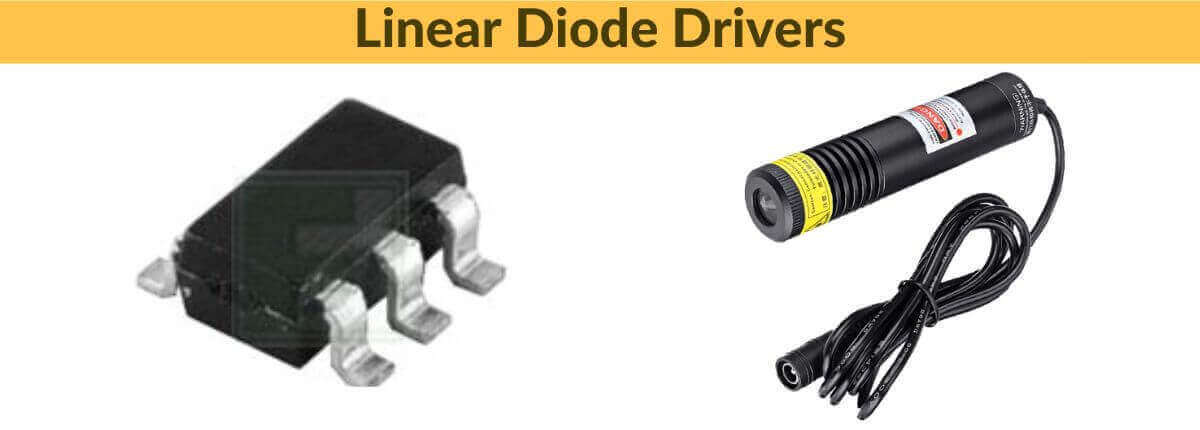
Linear drivers are best suited for applications that require a stable, low-noise output. They are ideal for driving diode lasers with low power requirements, typically up to 1A.
Switching Drivers
Switching drivers are more complex than linear drivers. They use a switching regulator to efficiently regulate the voltage and current supplied to the diode laser.
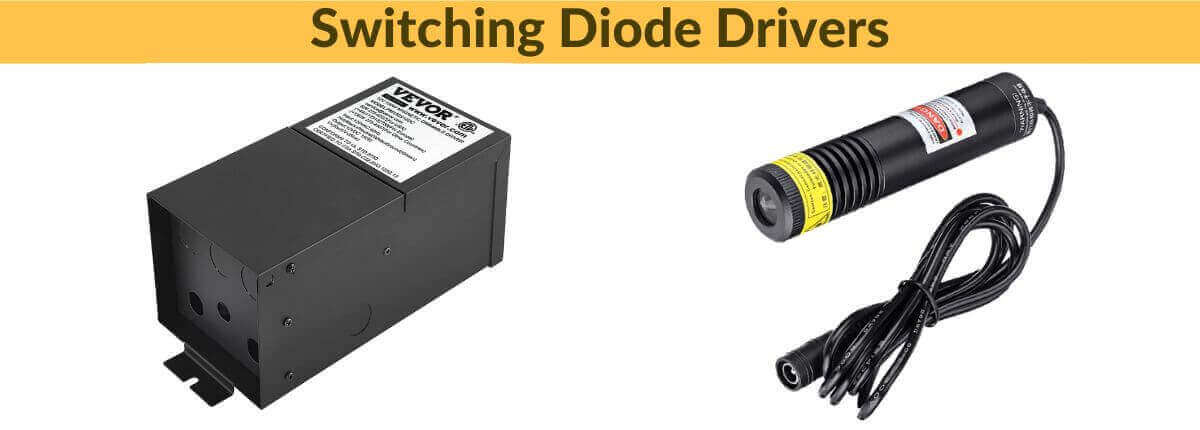
In addition to being more efficient than linear drivers, switching drivers can drive diode lasers of a higher power.
Pulsed Drivers
The pulsed drivers provide short, high-current pulses to the diode laser. They are ideal for applications that require high peak power, such as laser range finding and LIDAR systems.
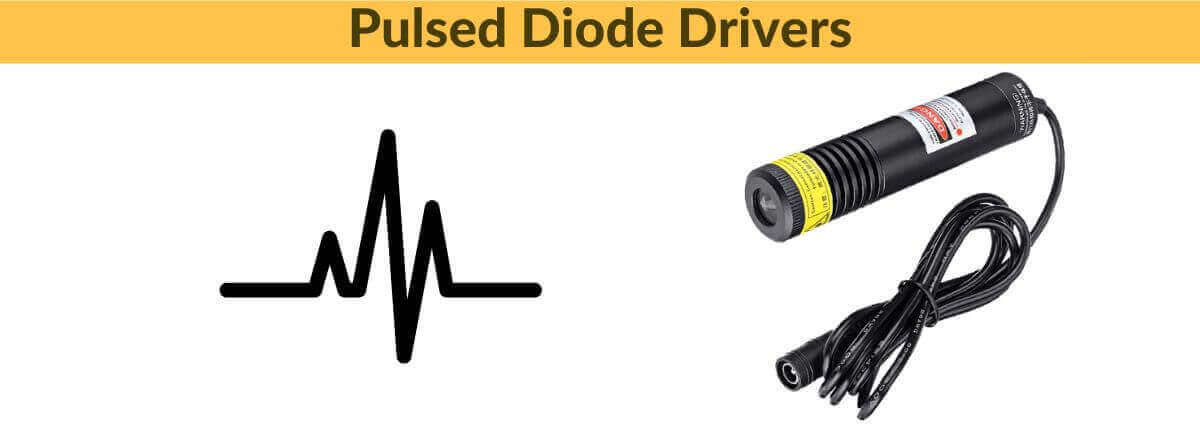
Features of Diode Laser Drivers
Laser diode drivers have several features designed to optimize the diode’s performance. Some key features are
Current and Voltage Regulation:
The driver regulates the current and voltage of the laser diode to ensure that it operates within its safe operating limits.
Temperature Control:
The driver can also control the temperature of the laser diode, which is crucial for maintaining its performance and lifespan.
Protection Circuits:
Diode laser drivers have protection circuits that help to prevent damage to the laser diode from overvoltage, overcurrent, and overheating.
Feedback Control:
Some diode laser drivers have feedback control circuits that adjust the current and voltage based on the optical power output of the laser diode. It helps to ensure that the diode delivers the required optical power output.
Factors to Consider When Selecting a Diode Laser Driver

Consider several factors to ensure optimal performance and reliability of the diode laser system when selecting a diode laser driver. Some key factors to consider include
- The driver must be able to provide the required currents and voltages.
- Should provide stable current output, with minimal fluctuations or noise, to ensure consistent laser output.
- Some applications may require precise control over the diode laser wavelength. The driver should be capable of adjusting the laser’s operating temperature to maintain the desired wavelength.
- The driver should have built-in protection features to prevent damage to the diode laser, such as overcurrent or overvoltage protection.
- The driver should have a user-friendly interface that allows for easy adjustment of laser output parameters, such as current, voltage, and temperature.
- These drivers should be compact and easily integrated into the laser system.
- Diodes drivers should be cost-effective and provide good value for the investment.
- It is also important to consider efficiency, reliability, and compatibility.
Conclusion
In conclusion, a diode laser driver is an electronic device that regulates the current and voltage of a laser diode. Laser diodes use in many applications, and their performance and reliability depend on the quality of the laser driver.
Diode laser drivers provide the necessary current and voltage to power a laser diode and ensure it operates within safe limits. Different diode laser drivers exist, including linear, switching, and pulsed.
There are many factors to consider when choosing a diode laser driver, including the current and voltage range, stable output, wavelength control, and protection features. User-friendly interface, compactness, and cost-effectiveness are also important.
Frequently Asked Questions (FAQs) About Diode Laser Drivers
1. What is a pulsed laser diode driver module?
Ans: A pulsed laser diode driver module is an electronic device that controls and powers a pulsed laser diode.
2. Can diode laser cut acrylic?
Ans: Yes, diode lasers can cut acrylic. The wavelength of the laser can be adjusted to match the optical properties of the acrylic.
3. How to build a laser diode driver circuit?
Ans: To build a laser diode driver circuit, follow these steps
- Choose the right components
- Design the circuit layout
- Assemble the driver circuit on a breadboard or PCB.
4. Is it possible to use diode lasers in hair removal devices?
Ans: Yes, it is possible. Diode lasers are commonly used in hair removal devices because they target and damage hair follicles largely unaffected.
5. What is Diode Laser VS Candela?
Ans: Diode laser and Candela are laser technologies used for hair removal.
Diode lasers offer deeper penetration, while Candela lasers are more versatile for various skin types.

